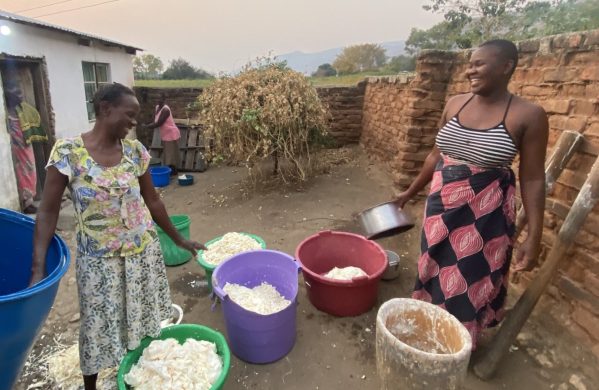De fleste mennesker har intet begreb om den reelle værdi af kloden skove, men de giver udkomme til 1,6 milliarder jordboer og skaffer 3/4 af alt ferskvand og så er de livsvigtige for hele naturens kredsløb på landjorden – stort FN-sammentræde om skovene denne uge i Rom.
ROME, 10 May 2013 (UN News Service): The crops (afgrøder), animals and trees found in forests can play a crucial role in improving food security and nutrition (ernæring) around the world, according to the UN Food and Agriculture Organization (FAO), which is hosting a gathering on the issue in Rome next week.
Forests cover nearly a third of the globe and provide an invaluable variety of social, economic and environmental benefits. Around 1,6 billion people – including more than 2.000 indigenous (indfødte) cultures – depend on forests for their livelihood.
Forests are the source of three-fourths of freshwater, help to regulate the impact of storms and floods and store carbon (CO2) from the atmosphere. Also, more than three billion people depend on forests for wood for cooking and heating.
The International Conference on Forests for Food Security and Nutrition is to be held at FAO headquarters from 13 to 15 May.
It will bring together policy-makers, scientists, the private sector, UN agencies, non-governmental organizations, and community and farmers’ groups, as well as indigenous representatives to raise awareness and understanding about the many ways forests contribute to food security, especially in developing countries.
“If you talk to the general public about forests, they think about building houses and furniture and maybe recreation. They do not primarily think about food,” said Eva Muller, Director of FAO’s Forest Economics, Policy and Products Division.
“So one of the main reasons for organizing this conference is to draw attention to the contribution that forests can actually provide to food security and nutrition,” she stated ahead of the Rome meeting.
Ms. Muller pointed out that forests contribute to food security in a variety of ways.
They are a source of ‘forest foods’, which include things such as fruits, leaves, seeds and mushrooms, as well as wild animals and insects.
“These usually are not the main staple (grundernæring) of people’s diets (kost) but they are a very important supplement to diets because they are very nutritious and add minerals and vitamins”, she noted, adding:
“Also, the insects and wild animals provide the main source of protein for many people who live in and around forests.”
Forests and trees provide income and in many rural areas, they are the basis of small businesses, Ms. Muller noted.
Very often, women collect products from the forests – mainly non-wood products – and sell them in the markets to generate crucial additional income which they use to provide food for their families, pay school fees and clothe their children.
Læs videre på
Begynd fra: “But forests also contribute in a more indirect ways….”














